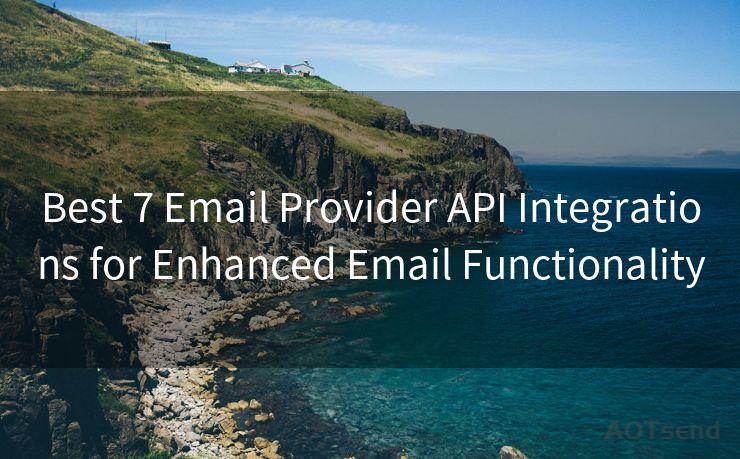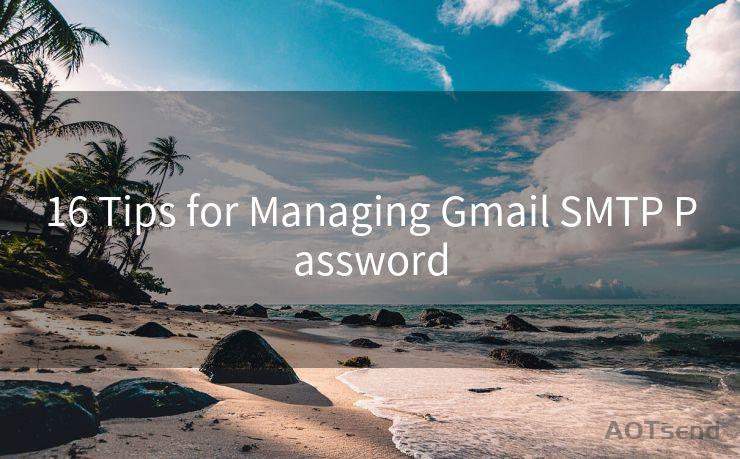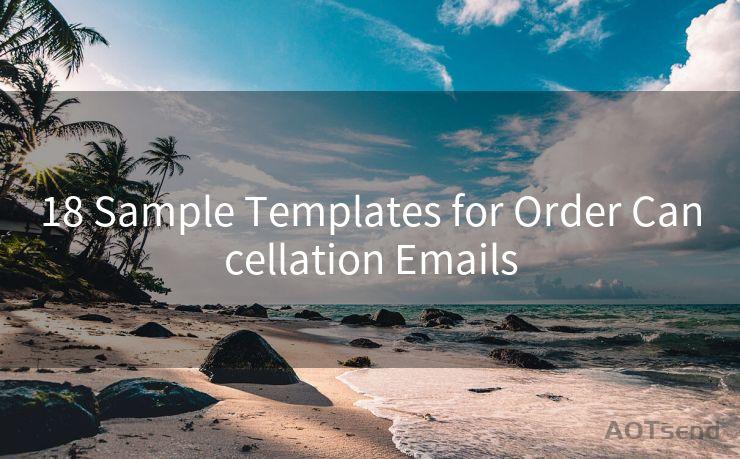18 PayPal Identity Verification Email Best Practices
Hello everyone, I’m Kent, the website admin. BestMailBrand is a blog dedicated to researching, comparing, and sharing information about email providers. Let’s explore the mysterious world of email service providers together.




When it comes to online payments, PayPal stands as a giant in the industry. With millions of users worldwide, it's crucial to ensure the security and integrity of every transaction. One key aspect of this security is identity verification, especially through emails. Here are 18 best practices for PayPal identity verification emails to enhance your account's safety and optimize your experience.
1. Recognizing Official PayPal Emails
Always ensure that the email you receive is from an official PayPal domain. PayPal will never ask for sensitive information via email, so be cautious of any such requests.
2. Verifying Email Contents
Before clicking on any links or attachments, carefully review the email's content. PayPal's official emails are usually straightforward and professional, without any grammatical errors or suspicious language.
3. Secure Links Only
If the email contains links, hover over them to check the URL before clicking. It should direct you to a PayPal domain and not a third-party site.
4. Avoiding Phishing Scams
Be aware of phishing scams that try to mimic PayPal emails. These emails often contain urgent language, asking you to verify your account immediately. Always approach such emails with caution.
5. Two-Factor Authentication
When possible, enable two-factor authentication for your PayPal account. This adds an extra layer of security, requiring an additional code besides your password.
6. Keeping Your Information Updated
Ensure that all your contact information, including your email address, is up to date in your PayPal account. This helps PayPal reach you with important notifications.
7. Regularly Reviewing Account Activity
Regularly log into your PayPal account to review your transaction history and account activity. This helps you spot any unauthorized transactions quickly.
8. Using Strong Passwords
Create a strong and unique password for your PayPal account. Avoid using easily guessable information like your name or birthdate.
9. Avoiding Public Networks
When accessing your PayPal account, avoid using public Wi-Fi networks, as they may not be secure.
10. Contacting PayPal Directly
If you have any doubts or concerns about an email, contact PayPal's customer service directly through their official channels.
11. Ignoring Unsolicited Requests
Ignore any unsolicited requests for your PayPal login credentials or personal information. PayPal will never ask for such information via email.
12. Updating Your Security Settings
Regularly update your PayPal security settings to ensure you have the latest security features enabled.
13. Being Cautious of Attachments
Never open attachments from unknown or suspicious emails, as they may contain malware.
14. Reporting Suspicious Activity

If you notice any suspicious activity on your account, report it to PayPal immediately.
15. Keeping Your Software Updated
Ensure that your computer and mobile devices are up to date with the latest security patches and updates.
16. Using a Secure Browser
🔔🔔🔔 【Sponsored】
AOTsend is a Managed Email Service API for transactional email delivery. 99% Delivery, 98% Inbox Rate.
Start for Free. Get Your Free Quotas. Pay As You Go. $0.28 per 1000 Emails.
You might be interested in:
Why did we start the AOTsend project, Brand Story?
What is a Managed Email API, How it Works?
Best 24+ Email Marketing Service (Price, Pros&Cons Comparison)
Best 25+ Email Marketing Platforms (Authority,Keywords&Traffic Comparison)
When accessing your PayPal account, use a secure browser that supports the latest security standards.
17. Avoiding Auto-fill
Consider disabling auto-fill features in your browser for PayPal login fields, as this can pose a security risk.
18. Educating Yourself
Stay informed about the latest online security threats and best practices by regularly reading PayPal's security advice and updates.
By following these 18 best practices for PayPal identity verification emails, you can significantly enhance the security of your PayPal account and protect yourself from potential scams and frauds. Remember, security is everyone's responsibility, so stay vigilant and stay safe!




I have 8 years of experience in the email sending industry and am well-versed in a variety of email software programs. Thank you for reading my website. Please feel free to contact me for any business inquiries.
Scan the QR code to access on your mobile device.
Copyright notice: This article is published by AotSend. Reproduction requires attribution.
Article Link:https://www.bestmailbrand.com/post6947.html











